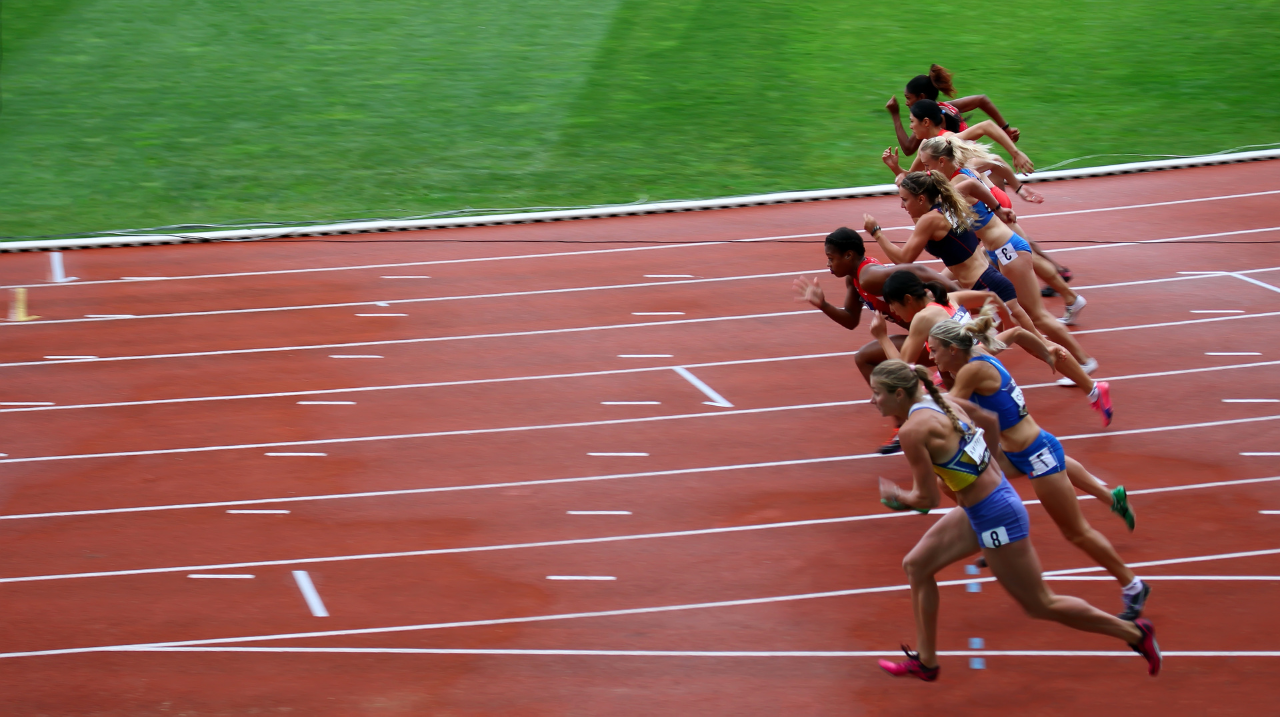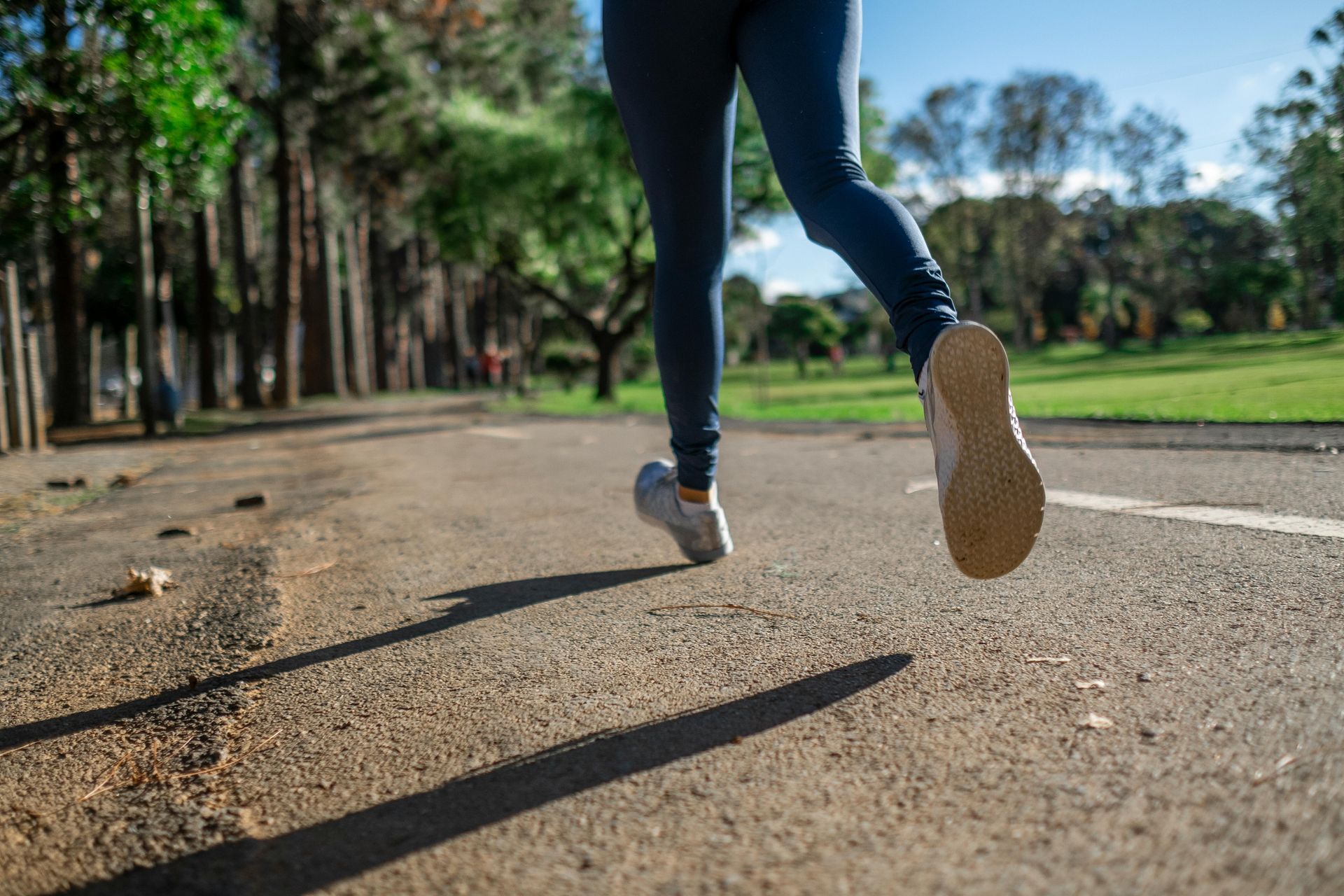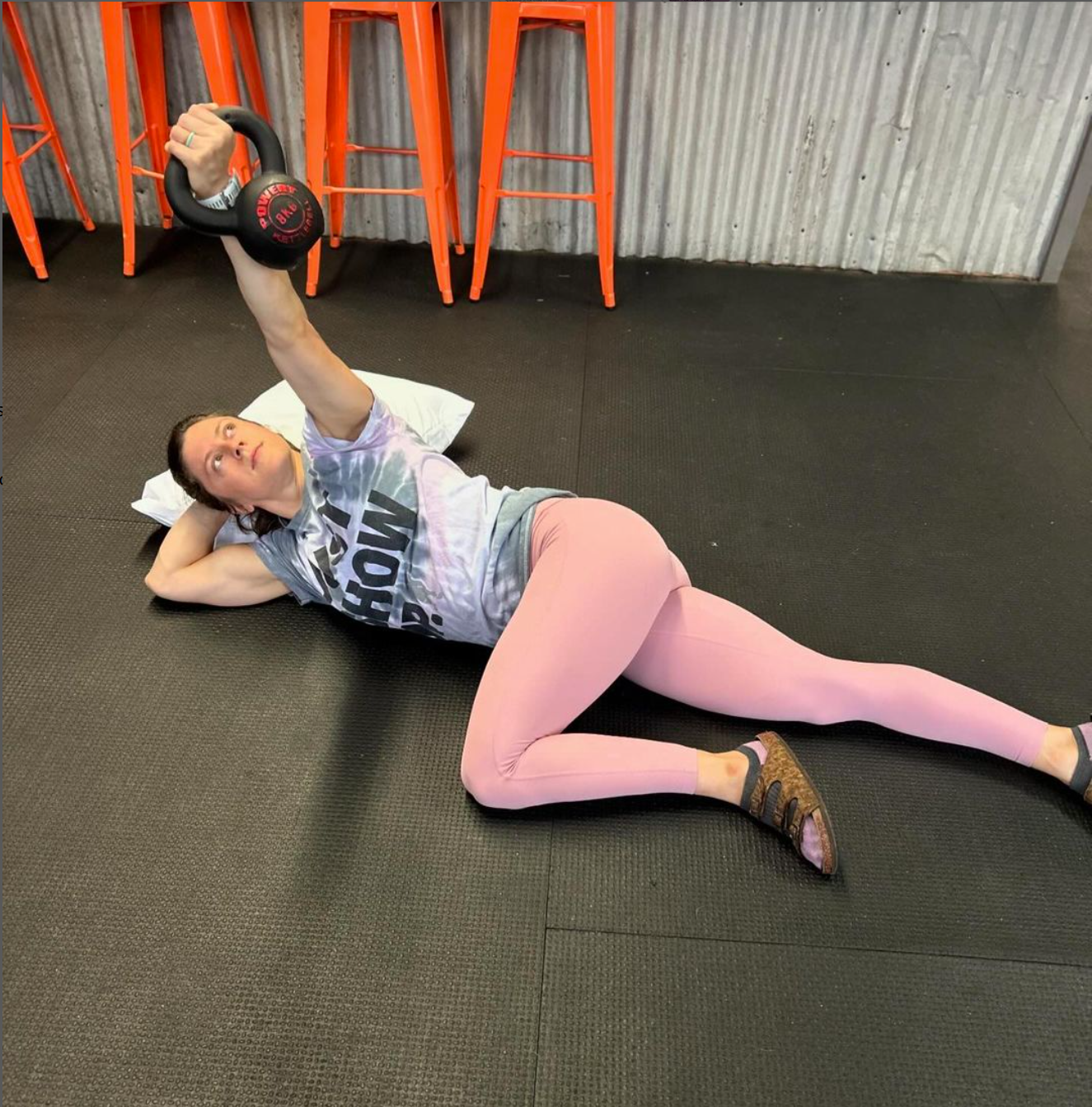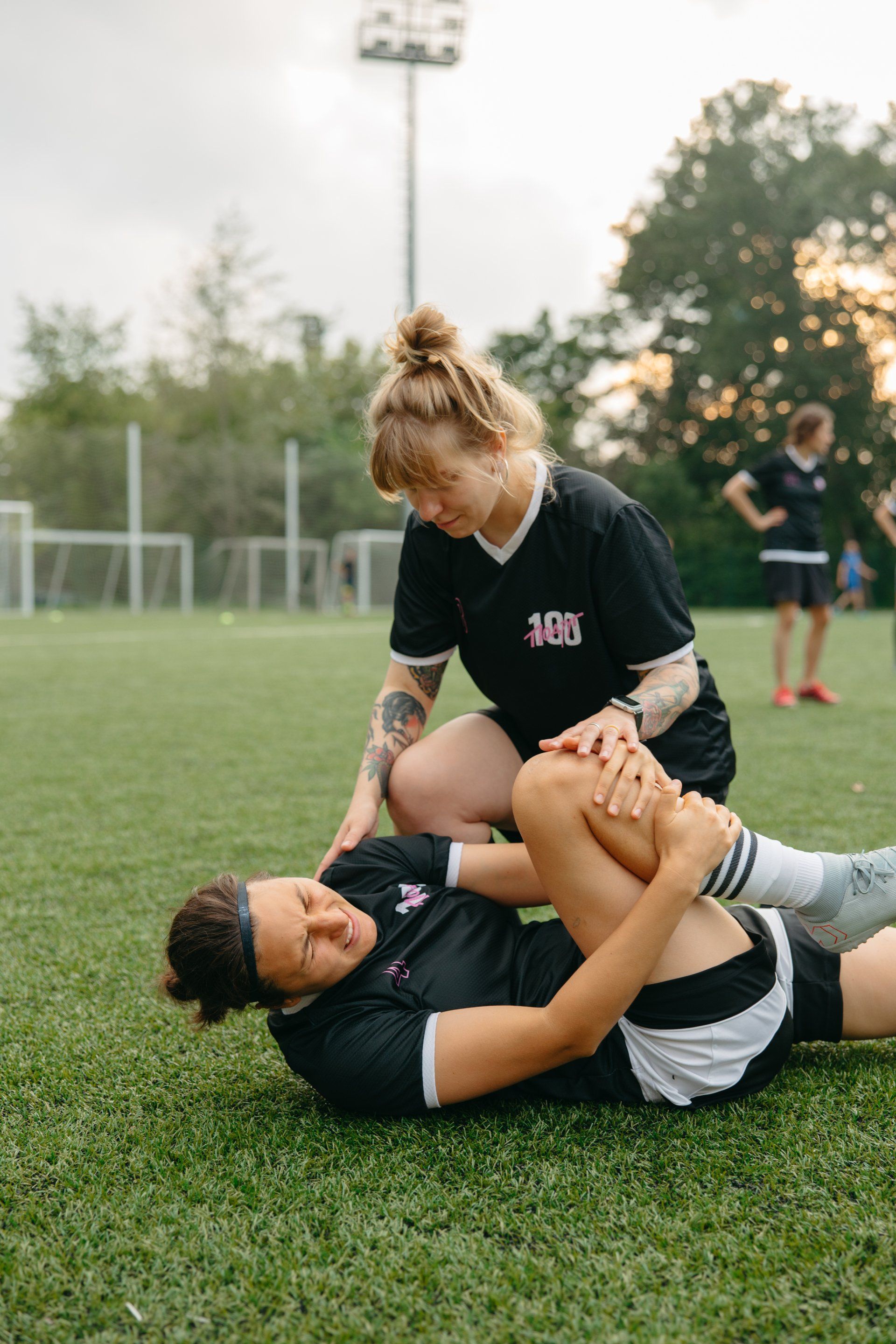5 Tips for Decreasing Injury Risk and Improving Performance in CrossFit
CrossFit is a popular fitness program that involves high-intensity functional movements. As performance physical therapists, we have seen many CrossFit athletes suffer from muscle strains, shoulder dysfunction, patellofemoral and low back pain. Most of the time these injuries are caused from inefficient movement patterns, increased acute or chronic workload or technical error. Rarely are we seeing injuries in CrossFit where athletes can determine it was “one workout” where they suffered an injury. Today, we are going to outline the top 5 strategies for CrossFitters of all levels to stay pain-free.
1. Warm-Up and Cool-Down Strategies
Warming up before a CrossFit workout is crucial to prevent acute muscle strains and injuries. A proper warm-up should include dynamic stretching, mobility exercises, and low-intensity movements that mimic the exercises you will be performing. You can also take a personal approach as use this as an opportunity to address any mobility or flexibility issues you may have.
Cooling down after a workout is also essential for recovery. A cool-down may include static stretching, foam rolling or once again using this time to perform your personal corrective exercise or assistance work you may not have received within the class.
2. Technique for Overhead Pressing and Squats
Overhead pressing movements and squats are two most common exercises that CrossFitters struggle with. These exercises require solid stability at the hip, spine and shoulder joint to prevent potential injury. Here are a few tips for proper form and technique:
Overhead pressing movements
- Maintain rib down position to limit excessive lumbar extension
- Keep your elbows slightly in front of the bar
- Press the bar up and back, not straight up
- Head should be in neutral and not look like you’re bobbing for apples
Squat
- Stance will be different for everyone. Find a comfortable foot position that works for you.
- Torso should be parallel with lower leg
- Keep your knees in line with your toes, no smacking knees together or excessively outside of feet
- Gain spine and hip stability at the top and maintain it through the full ROM
- Balance should be distributed through the entire foot, no “driving through your heels”.
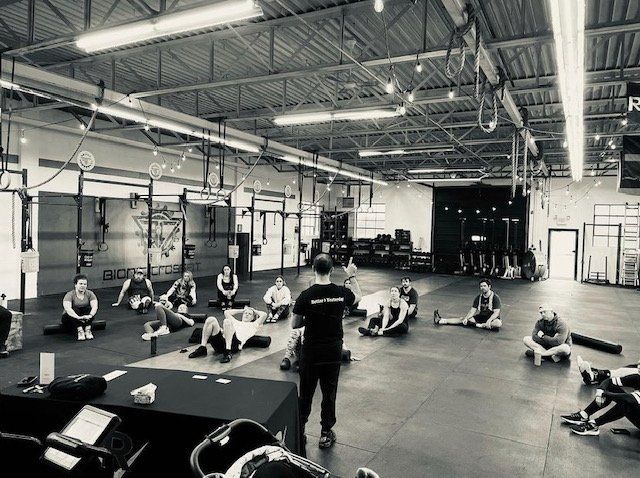
3. Strength Exercises for Shoulder and Knee pain
Rotator cuff injuries and patellofemoral pain are common injuries among CrossFitters. Strengthening exercises can help prevent these injuries. Here are some exercises to try:
Rotator Cuff Strengthening
Patellofemoral Pain Prevention
4. Stretching and Mobility Exercises to Prevent Low Back Pain
Low back pain is one of the most common injuries we see in the CrossFit and fitness community. Stretching, mobility exercises and improving postures through exercise can help prevent low back pain. Here are some exercises to try:
5. Recovery Strategies and Active Rest Days
Recovery is just as important as the workout itself. Foam rolling can help decrease sensitivity to pain and inhibit muscle tension resulting in improved mobility. Active rest days can be used to perform low-intensity exercise, such as walking or cycling, which can help promote healing and allow increases to daily activity without accumulating significant stress on the body. These days can also be used to increase the frequency of personal corrective exercises to help you achieve improved movement patterns.
The Benefits of Physical Therapy for CrossFit Performance
Utilizing a physical therapist can be incredibly beneficial for CrossFit athletes, even if pain is not currently affecting them. A physical therapist can assess an athlete's movement patterns and identify areas of weakness or imbalances that could lead to injury in the future. By addressing these issues early on, athletes can prevent major setbacks and improve their performance at the same time.
Physical therapy can provide personalized exercise programs to help athletes reach their fitness goals while minimizing the risk of injury. Outside of performing classes, there may be other assistance work the athlete may require to reach their full potential. Depending on each athlete, some may require flexibility, mobility or positional strength and stability. These deficits can be found through the initial evaluation, as well as through the training process.
In addition to injury prevention, physical therapy can also help athletes recover from injuries more quickly and effectively instead of nursing the injury and waiting for the pain to simply “go away”. Depending on the athlete’s needs, PT can provide manual interventions, such as soft tissue mobilization and joint mobilization, to promote healing and reduce pain. These therapies open a window of opportunity to enhance movement patterns within the session, so the athlete can feel and practice within their new range. There is plenty of research to show exercise combined with manual therapy enhances the greatest improvement compared to manual therapy alone.
In summary, following these top 5 strategies can help CrossFit athletes of all levels stay pain-free and prevent injuries. However, utilizing a physical therapist can provide additional benefits to improve performance and prevent future injuries. It is always better to be proactive than reactive when it comes to injury prevention and overall fitness.



